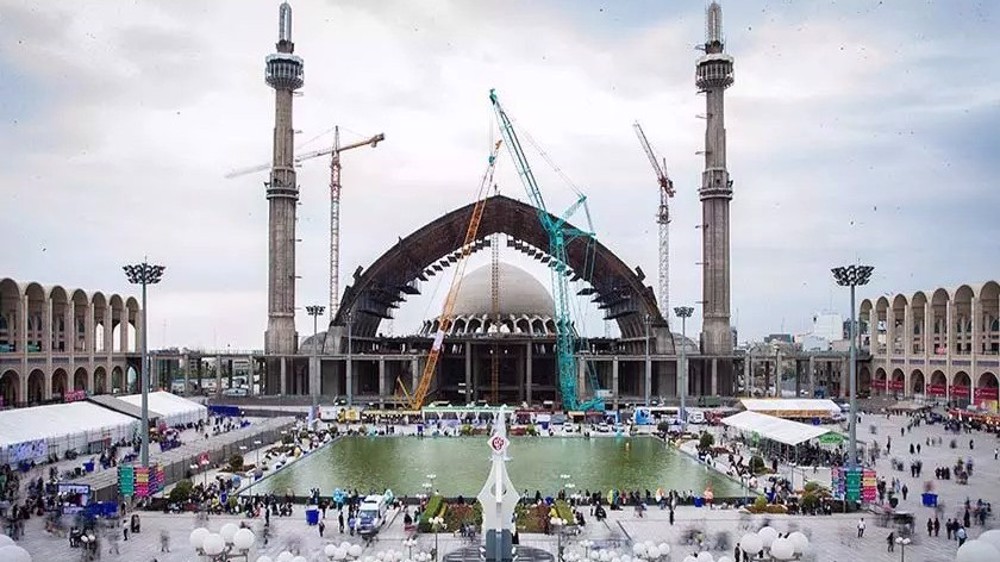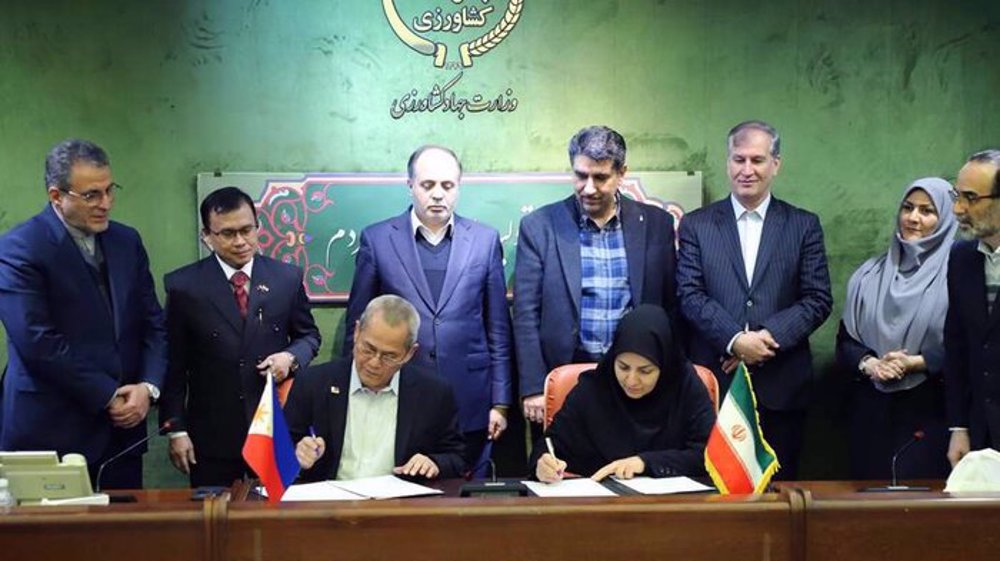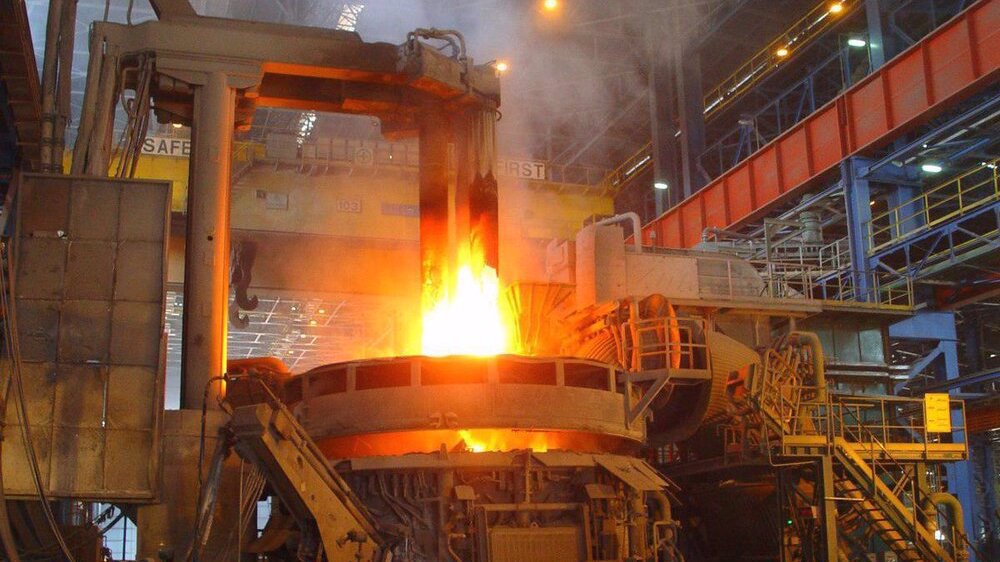Iran’s steel output slashed because of lower electricity supply
Lower electricity supplies to Iranian steel producers caused a major decline in the output in the first half of the calendar year that started in late March, according to figures by the Iranian Steel Producers Association (ISPA).
ISPA figures published on Saturday showed that steel output in Iran had dropped by up to 10% in some categories of production because of power cuts ordered for industries over the summer months when demand for cooling in the country hit record highs.
The figures, cited in a report by the semi-official ISNA news agency, showed that production of semi-finished steel in Iran had dropped by 5.7% year on year in the six months to September 21 to reach 14.38 million metric tons (mt).
Semi-finished steel or mild steel is used to make long steel products, which are then used mainly in construction of buildings, roads, bridges and other infrastructure.
The largest decline in Iran’s steel output in April-September was seen in the production of long steel products which fell to 5.709 million mt over the period, down 10% compared to the same period last year, the figures showed.
However, the data showed that steel sheet production in Iran had risen by 6% year on year in the six months to late September to reach just more than 5 million mt.
Iran’s production of finished steel products dropped by 3.3% year on year to 10.744 million mt in April-September, the data showed.
The ISPA figures showed that Iran had churned out some 20.784 million mt of direct reduced iron (DRI), also known as sponge iron, in the six months to late September, up 10.2% from the same period last year.
The data showed that Iran’s production of iron pellets had decreased by 4% year on year in the first half of the current calendar year to reach 31.920 million mt while iron concentrate output had reached 33.499 million mt, up 7.3% from the same period last year.

Tehran’s Mosalla to become world’s largest mosque complex

US imposes new sanctions targeting Iran's drone industry

Iran, Philippines sign agreements for agriculture cooperation
Explainer: How can Iran help South Africa advance its civilian nuclear program?
The importance of creative industry in Iran’s future
Israelis push for Russia to keep Syria bases, want Damascus 'weak, divided': Report
US terminates support for Ukraine energy grid restoration
Israeli soldiers stole ‘mountains’ of cash and gold from Gaza, Lebanon, and Syria: Report
PKK militants declare ceasefire with Turkey to end 40-year bloodshed
VIDEO | largest funeral since 1996 Qana massacre held in Lebanon
Hamas calls on Palestinians to resist Israeli restrictions on al-Aqsa Mosque during Ramadan







 This makes it easy to access the Press TV website
This makes it easy to access the Press TV website